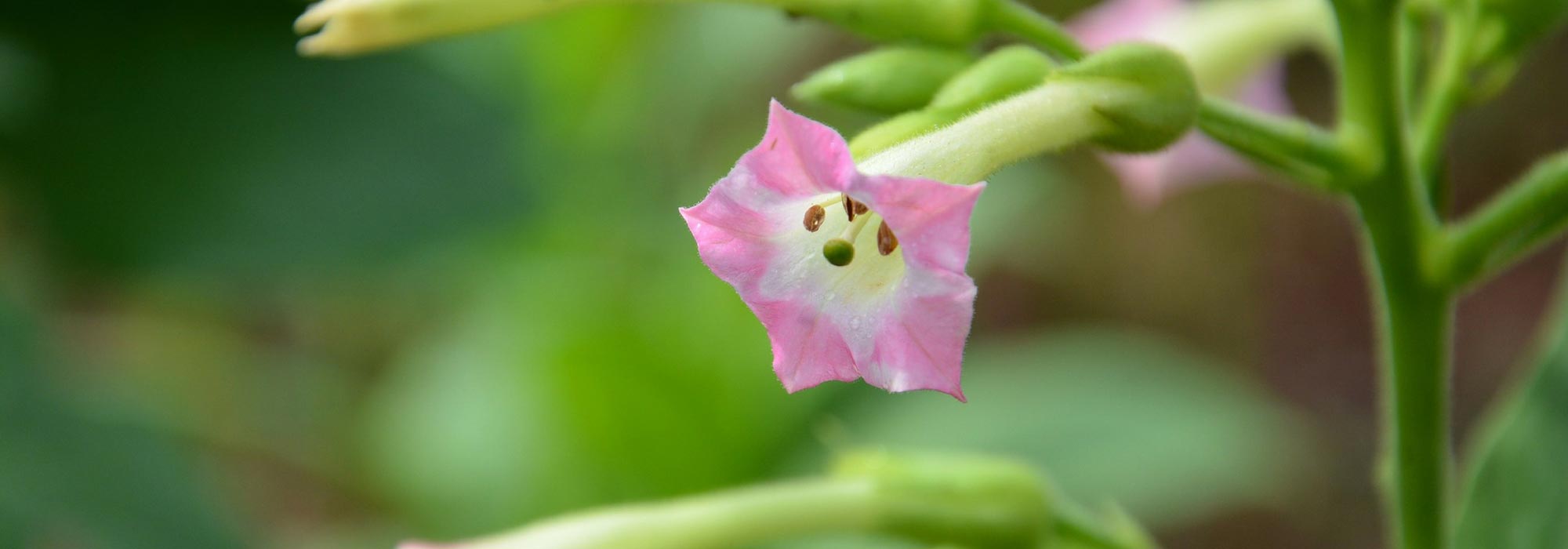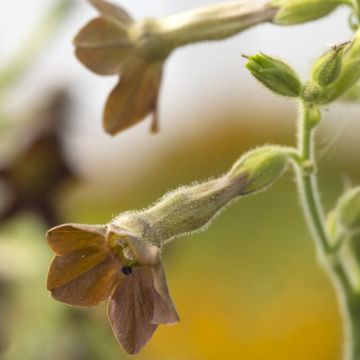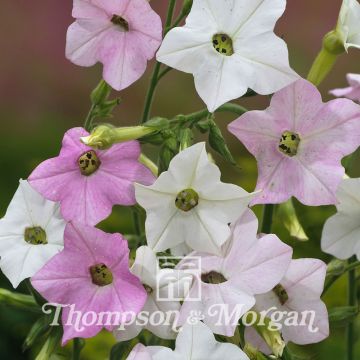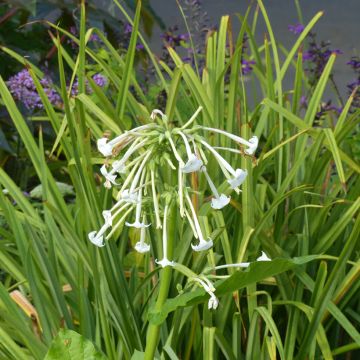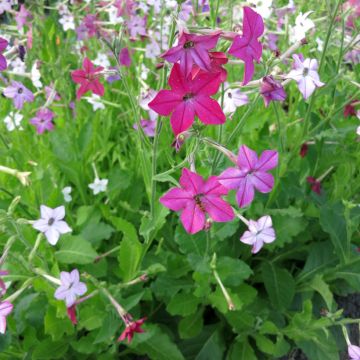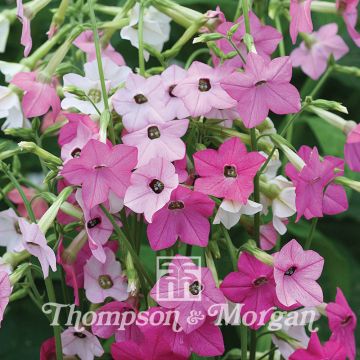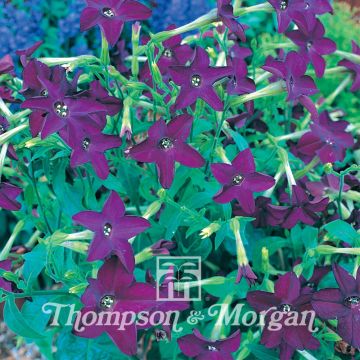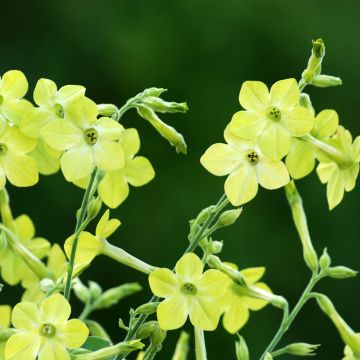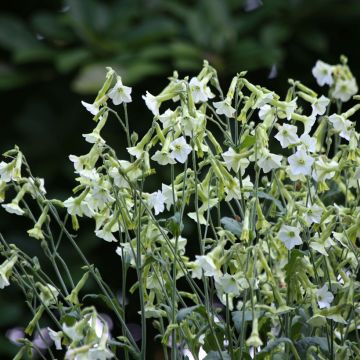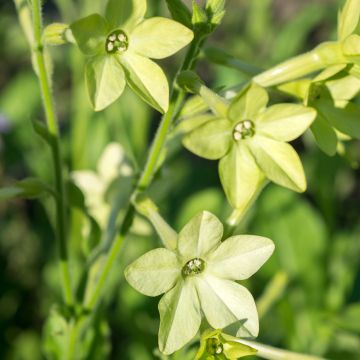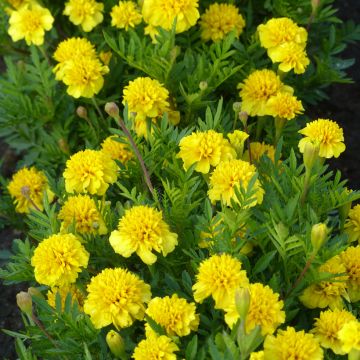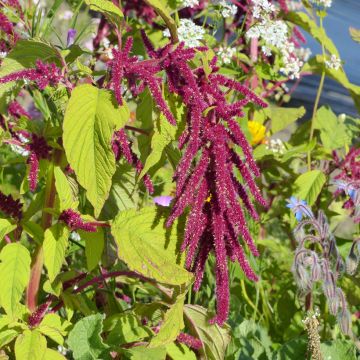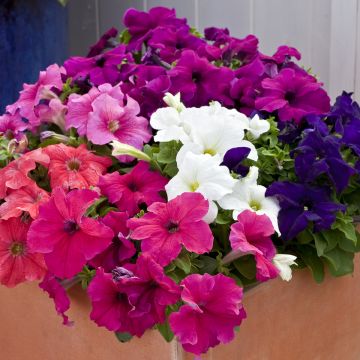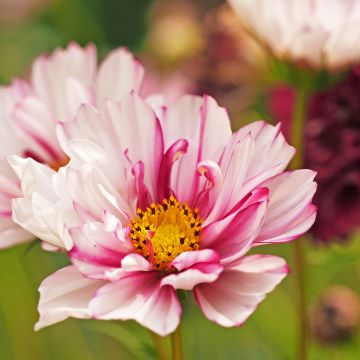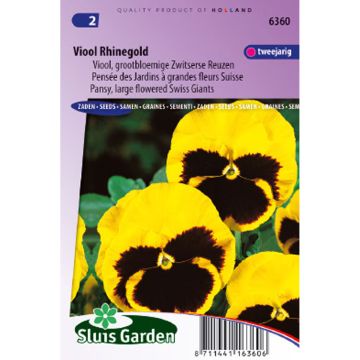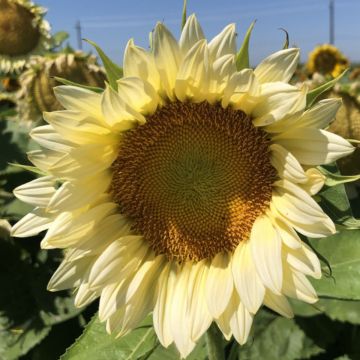

Nicotiana alata Tinkerbell F1
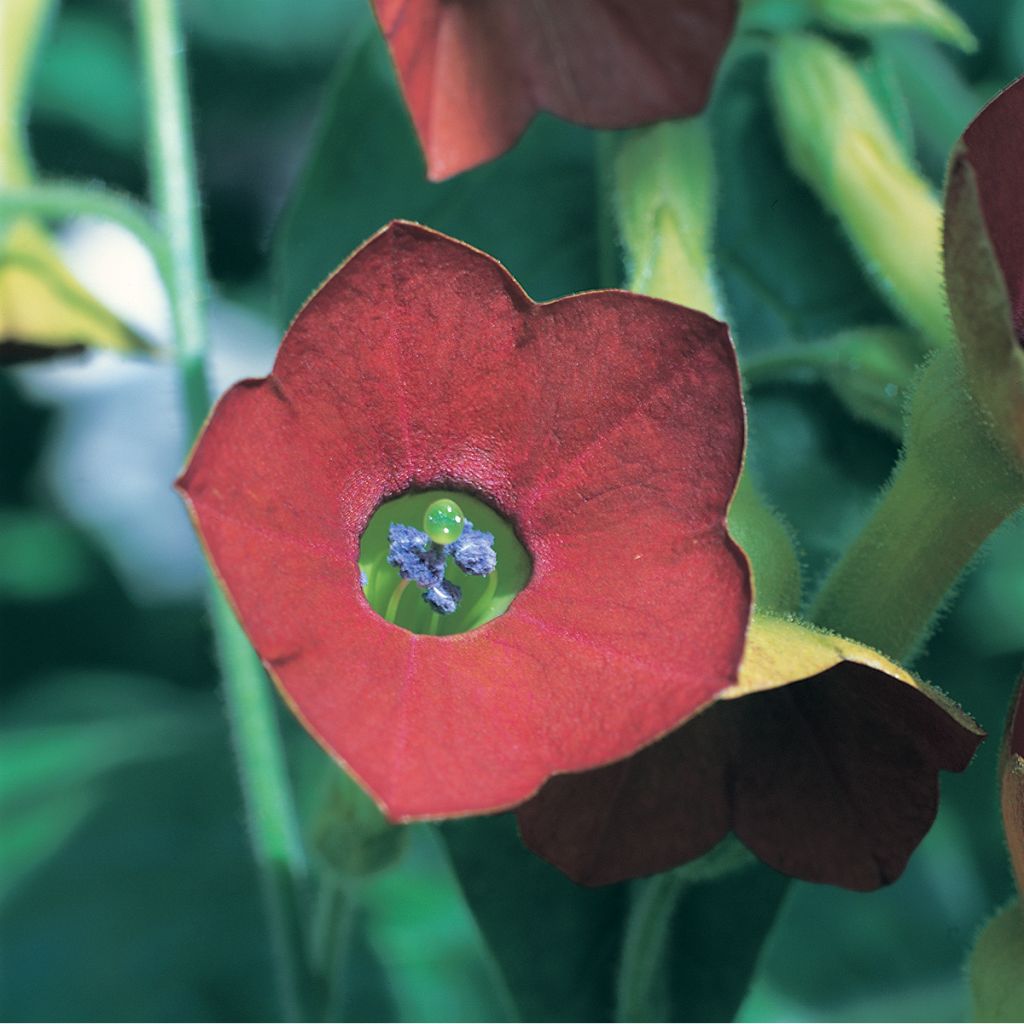

Nicotiana alata Tinkerbell F1
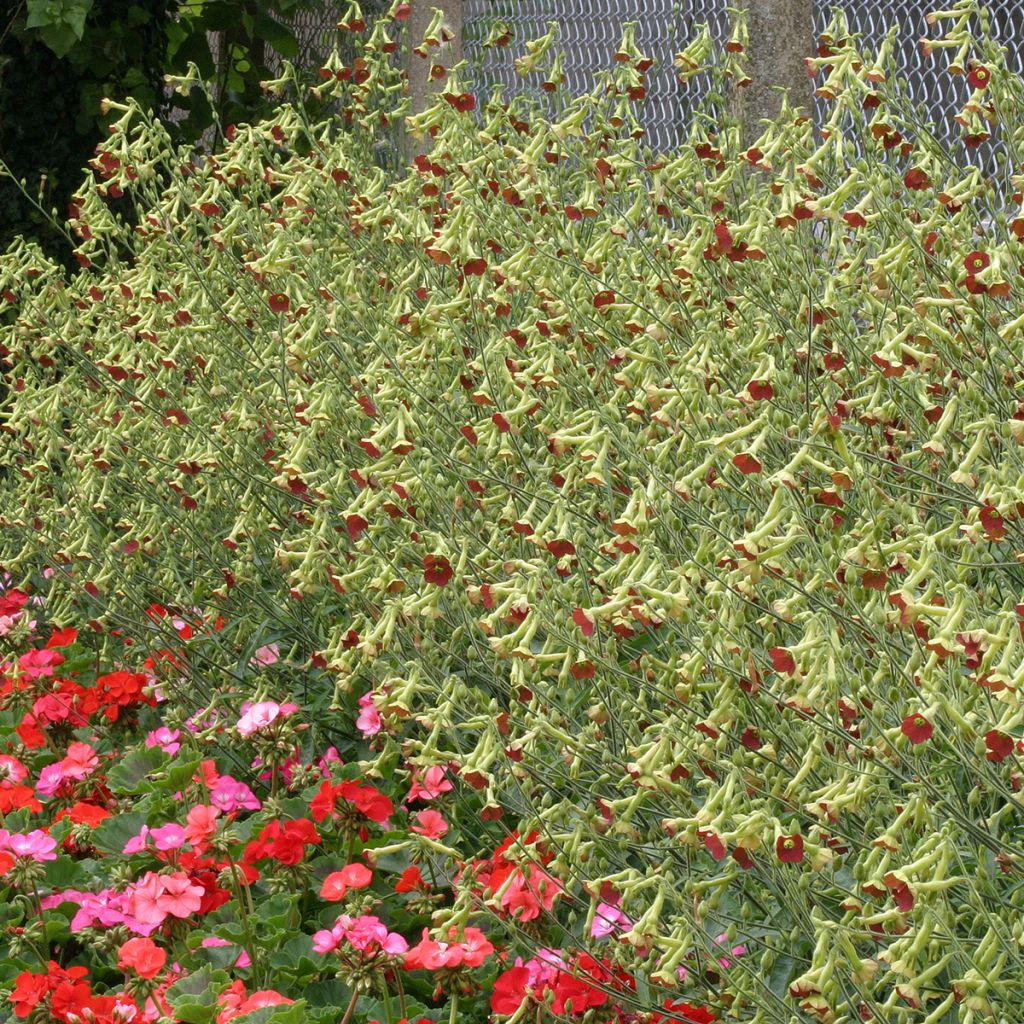

Nicotiana alata Tinkerbell F1
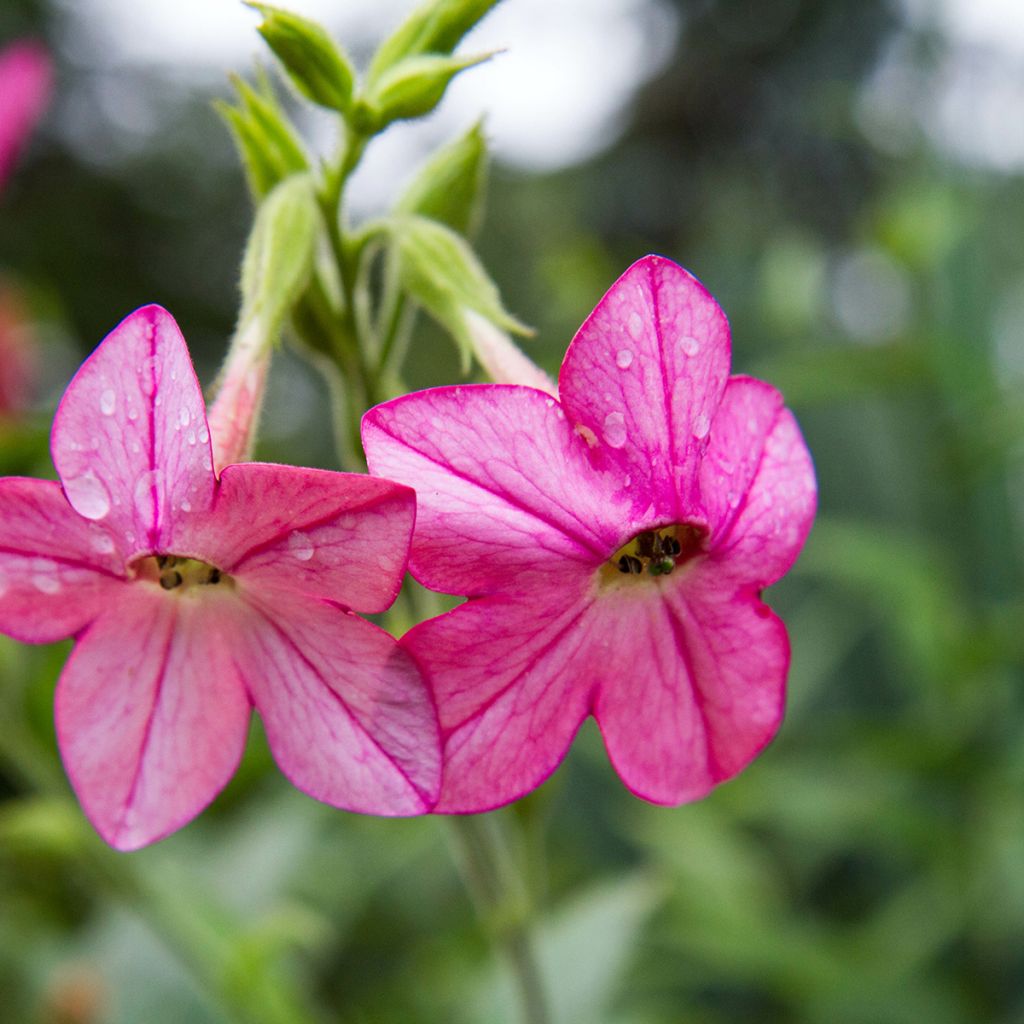

Nicotiana alata Tinkerbell F1
Nicotiana alata Tinkerbell F1
Nicotiana alata Tinkerbell F1
Jasmine Tobacco, Winged Tobacco, Sweet Tobacco, Persian Tobacco
Special offer!
Receive a €20 voucher for any order over €90 (excluding delivery costs, credit notes, and plastic-free options)!
1- Add your favorite plants to your cart.
2- Once you have reached €90, confirm your order (you can even choose the delivery date!).
3- As soon as your order is shipped, you will receive an email containing your voucher code, valid for 3 months (90 days).
Your voucher is unique and can only be used once, for any order with a minimum value of €20, excluding delivery costs.
Can be combined with other current offers, non-divisible and non-refundable.
Home or relay delivery (depending on size and destination)
Schedule delivery date,
and select date in basket
This plant carries a 6 months recovery warranty
More information
We guarantee the quality of our plants for a full growing cycle, and will replace at our expense any plant that fails to recover under normal climatic and planting conditions.
Would this plant suit my garden?
Set up your Plantfit profile →
Description
Nicotiana alata 'Tinkerbell' is a variety of ornamental tobacco that is interesting for its vigour and almost red flowers that emit a pleasant fragrance during warm summer evenings. Carried on tall stems, its trumpet-shaped flowers open in the morning, succeeding each other from summer to autumn. Plant them along pathways, in large flower pots, on the terrace, and also include them in your bouquets. This plant appreciates non-scorching sun, rich and moist soil, but well-drained.
Originally from South America, from southern Brazil, northern Argentina, to Paraguay and Uruguay, Nicotiana alata is a plant of the Solanaceae family cultivated as an annual for garden ornamentation. The 'Tinkerbell' selection is an herbaceous plant that reaches a minimum height of 90cm within a few months. The base of the clump occupies 20 to 30cm in width. This tobacco forms a rosette of elongated, undulate leaves, measuring 10 to 25cm in length, cordate (with two wings, hence its species name), sessile and covered with glandular hairs that make them slightly sticky. Flowering begins in mid-summer, around the month of July, and continues until early autumn. The inflorescence is a racemose cyme that bears tubular flowers, trumpet-shaped, 5 to 7cm long. The reverse of the corolla is covered with glandular hairs. In the 'Tinkerbell' variety, the interior of the corollas is dark pink-red, and their reverse is green. Nicotiana alata is one of the most fragrant tobacco species. It emits honey-like, waxy, dry, warm, aromatic scents. The fruit is a capsule containing numerous small seeds.
Nicotiana alata 'Tinkerbell' produces magnificent plants in slightly loose flower beds. It can be combined with orange, bright blue, white, or green flowers without any taste faux pas. Damask nigellas, Bells of Ireland, and foxgloves go well with its large flowering clumps, as do the tall inflorescences of tall paniculate phlox. To fully enjoy the sweet fragrance of 'Tinkerbell' tobacco, you can plant them on the terrace in large pots.
Attention, seeds reserved for highly experienced gardeners who are accustomed to sowing very fine seeds. These seeds are as fine as dust, barely visible to the naked eye.
Nicotiana alata Tinkerbell F1 in pictures


Flowering
Foliage
Plant habit
Botanical data
Nicotiana
alata
Tinkerbell F1
Solanaceae
Jasmine Tobacco, Winged Tobacco, Sweet Tobacco, Persian Tobacco
Nicotiana affinis
Cultivar or hybrid
Other Tobacco seeds
View all →Planting and care
Sow the seeds of ornamental tobacco in March-April in pots or containers filled with moist compost and cover with a light sprinkling of vermiculite. Place in a propagator or enclose them in a polythene bag and place in a warm location. Maintain a temperature between 18 and 23°C. Keep in the light, as it promotes germination. Keep the surface of the compost moist, but not waterlogged; germination usually takes 7 to 21 days. When the plants are sufficiently developed, transplant them into 7.5cm pots or containers. Acclimatize the plants to cooler conditions for a few weeks before planting them out after all risk of frost, at a distance of 45-60cm.
Cultivation: Ornamental tobaccos thrive in rich, deep, consistently moist soils. They enjoy sunlight, but excessive exposure will damage their foliage. They also grow well in partial shade. In mild climates, these plants often become perennials.
Sowing period
Intended location
Planting & care advice
This item has not been reviewed yet - be the first to leave a review about it.
Similar products
Haven't found what you were looking for?
Hardiness is the lowest winter temperature a plant can endure without suffering serious damage or even dying. However, hardiness is affected by location (a sheltered area, such as a patio), protection (winter cover) and soil type (hardiness is improved by well-drained soil).

Photo Sharing Terms & Conditions
In order to encourage gardeners to interact and share their experiences, Promesse de fleurs offers various media enabling content to be uploaded onto its Site - in particular via the ‘Photo sharing’ module.
The User agrees to refrain from:
- Posting any content that is illegal, prejudicial, insulting, racist, inciteful to hatred, revisionist, contrary to public decency, that infringes on privacy or on the privacy rights of third parties, in particular the publicity rights of persons and goods, intellectual property rights, or the right to privacy.
- Submitting content on behalf of a third party;
- Impersonate the identity of a third party and/or publish any personal information about a third party;
In general, the User undertakes to refrain from any unethical behaviour.
All Content (in particular text, comments, files, images, photos, videos, creative works, etc.), which may be subject to property or intellectual property rights, image or other private rights, shall remain the property of the User, subject to the limited rights granted by the terms of the licence granted by Promesse de fleurs as stated below. Users are at liberty to publish or not to publish such Content on the Site, notably via the ‘Photo Sharing’ facility, and accept that this Content shall be made public and freely accessible, notably on the Internet.
Users further acknowledge, undertake to have ,and guarantee that they hold all necessary rights and permissions to publish such material on the Site, in particular with regard to the legislation in force pertaining to any privacy, property, intellectual property, image, or contractual rights, or rights of any other nature. By publishing such Content on the Site, Users acknowledge accepting full liability as publishers of the Content within the meaning of the law, and grant Promesse de fleurs, free of charge, an inclusive, worldwide licence for the said Content for the entire duration of its publication, including all reproduction, representation, up/downloading, displaying, performing, transmission, and storage rights.
Users also grant permission for their name to be linked to the Content and accept that this link may not always be made available.
By engaging in posting material, Users consent to their Content becoming automatically accessible on the Internet, in particular on other sites and/or blogs and/or web pages of the Promesse de fleurs site, including in particular social pages and the Promesse de fleurs catalogue.
Users may secure the removal of entrusted content free of charge by issuing a simple request via our contact form.
The flowering period indicated on our website applies to countries and regions located in USDA zone 8 (France, the United Kingdom, Ireland, the Netherlands, etc.)
It will vary according to where you live:
- In zones 9 to 10 (Italy, Spain, Greece, etc.), flowering will occur about 2 to 4 weeks earlier.
- In zones 6 to 7 (Germany, Poland, Slovenia, and lower mountainous regions), flowering will be delayed by 2 to 3 weeks.
- In zone 5 (Central Europe, Scandinavia), blooming will be delayed by 3 to 5 weeks.
In temperate climates, pruning of spring-flowering shrubs (forsythia, spireas, etc.) should be done just after flowering.
Pruning of summer-flowering shrubs (Indian Lilac, Perovskia, etc.) can be done in winter or spring.
In cold regions as well as with frost-sensitive plants, avoid pruning too early when severe frosts may still occur.
The planting period indicated on our website applies to countries and regions located in USDA zone 8 (France, United Kingdom, Ireland, Netherlands).
It will vary according to where you live:
- In Mediterranean zones (Marseille, Madrid, Milan, etc.), autumn and winter are the best planting periods.
- In continental zones (Strasbourg, Munich, Vienna, etc.), delay planting by 2 to 3 weeks in spring and bring it forward by 2 to 4 weeks in autumn.
- In mountainous regions (the Alps, Pyrenees, Carpathians, etc.), it is best to plant in late spring (May-June) or late summer (August-September).
The harvesting period indicated on our website applies to countries and regions in USDA zone 8 (France, England, Ireland, the Netherlands).
In colder areas (Scandinavia, Poland, Austria...) fruit and vegetable harvests are likely to be delayed by 3-4 weeks.
In warmer areas (Italy, Spain, Greece, etc.), harvesting will probably take place earlier, depending on weather conditions.
The sowing periods indicated on our website apply to countries and regions within USDA Zone 8 (France, UK, Ireland, Netherlands).
In colder areas (Scandinavia, Poland, Austria...), delay any outdoor sowing by 3-4 weeks, or sow under glass.
In warmer climes (Italy, Spain, Greece, etc.), bring outdoor sowing forward by a few weeks.






























